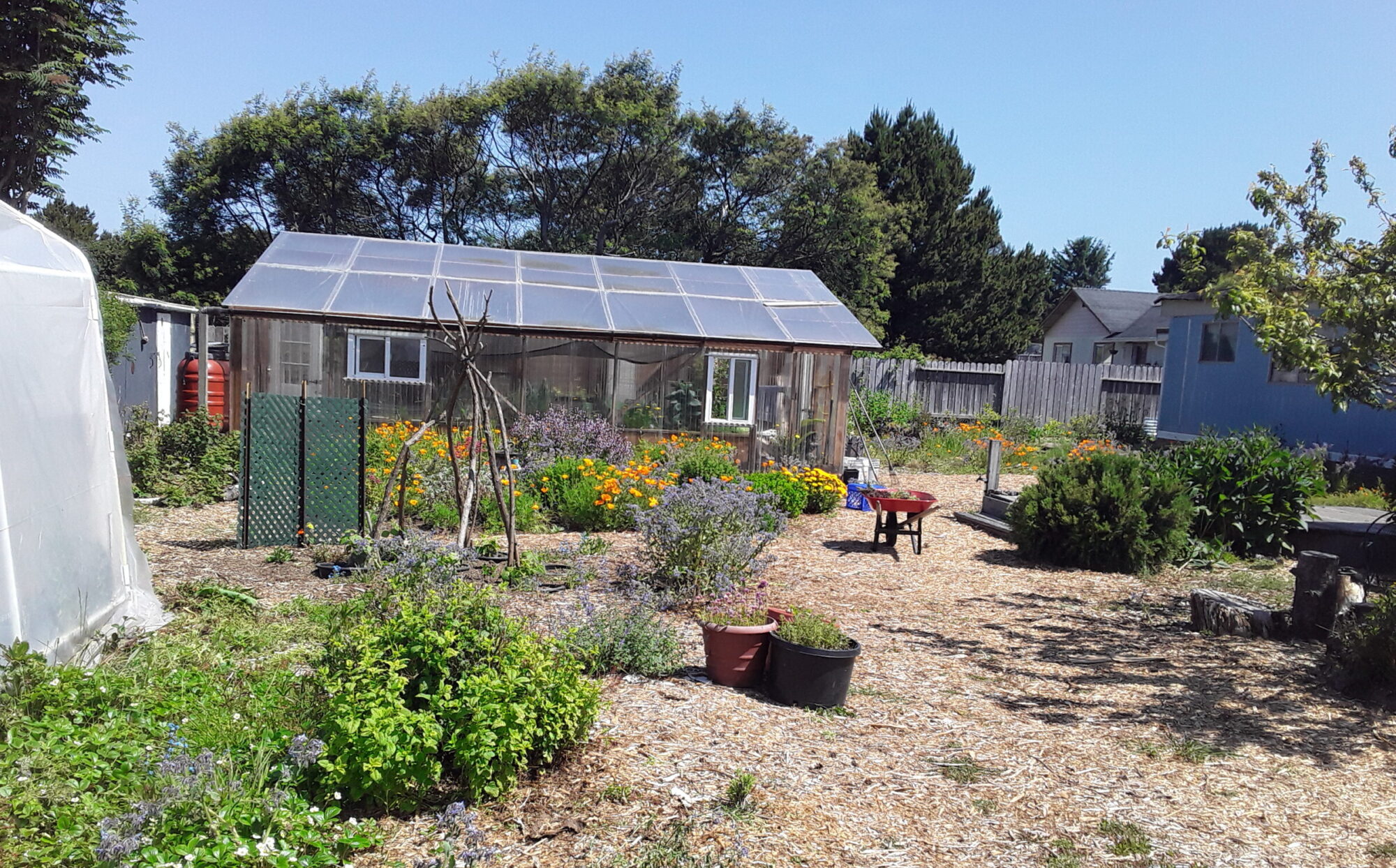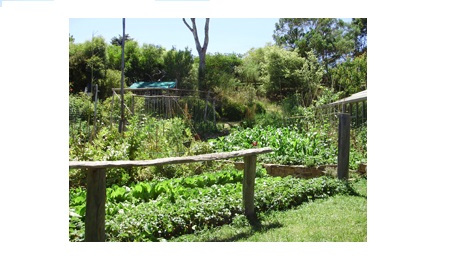OPENERS:
1. Did you grow up in a big city, suburb, small town or the countryside?
2. If you had your way, what size place would you like to spend your life?

Urban Suburban Village Bush
By Steven Saint Thomas
Permaculture was born in Australia, a huge continent with northern tropics, coastal rainforests and vast inland deserts. Most of its 23 million inhabitants live in cites along the east coast – Brisbane, Sydney – and Melbourne and Adelaide in the south.
Bill Mollison and David Holmgren articulated Permaculture in the late 1970s as a mindset and method to design habitat in the context of Australian culture and farming practices. As Permaculture goes global, the best in natural, low-energy farming practices from around the world are being cataloged, tested and propagated through Permaculture Design.
During our three months Down Under, we worked on seven different organic farms and visited a handful of other permaculture sites. We observed that permaculture can be found in four distinct settings: urban, suburban, village and bush.
“Urban” and “suburban” are self-explanatory. Cities have been around for millennia because humans found certain efficiencies in density. You can build water, food and transportation systems that deliver survival to whole lot of people packed into a relatively small area.
Suburb sprawl, however, began to break down the advantages of density and actually undermine the sustainability of cities. Metro areas have huge geographic footprints and rely dangerously on fossil fuel-driven infrastructures and importing food and water. Cities were originally surrounded by farms that supplied their food, but now food is trucked in from specialized growing regions hundreds of miles away.
Our hometown of San Diego, for example, must import 70-80 percent of its water from the Colorado River and Northern California. Any disruption of the water system (often consisting of an open aquaduct) would mean three million people scrambling to survive. Imagine the water and food riots in Los Angeles!
So urban permaculture is alive and well. Some permaculturists think the vulnerability of cities to disruptions in food and water is balanced by the commitment of state and federal resources to rescuing them. Who’s going to get help in a crisis, an off-the-grid farmer in Idaho or the people of New York?
We worked at a backyard garden in the heart of Sydney, the Camperdown neighborhood bordering the university. There were lots of bus lines, malls (called “arcades” in Australia), restaurants and traffic.
Likewise, larger suburban lots in Sydney’s Vaucluse neighborhood and Hornsby to the north were being planted with trees and gardens, and designed to capture rainwater despite connection to the water grid.
Our host in Vaucluse had converted his swimming pool into an aquaculture pond with lotus and water hyacinth harvested to mulch his gardens.
Beyond the suburbs is what Australian’s call “the bush.” To the North American mind, this term might conjure images of vast prairies or barren savannahs, but it’s the Aussie equivalent of “countryside.”
The bush is, of course, dotted with small towns or villages – places with small populations but firmly hooked to electrical grids, water mains and sewage systems.
Mullumbimby, for example, is a village of about 3,000 people just six miles west of Byron Bay, a beautiful but well-trafficked tourist destination of about 9,000 residents. Here we found Sharon Gibson cultivating a suburban-sized lot (front and back yards) on a quiet little street.
Permaculturist Maureen Corbett has been homesteading a hectare (2-1/4 acre) for 20 years in Hepburn Springs, a five-minute walk from permaculture co-founder David Holmgren. Hepburn Springs is a spa-resort village of less than 1,000 about 70 miles northwest of Melbourne.
Finally, beyond the villages, we found real “bush,” open spaces where permaculturists are working 12-acre lots without water lines, sewers or lots of neighbors.
We worked for a delightful British ex-pat who owned a $3-million estate overlooking 12 acres of bush, as well as a couple who powered their home, farm and soap-making operation with a solar array.
Permaculturists John Champagne and Paul Hudson were also designing and managing large rural lots about 20 minutes away from the nearest village.
All things considered, I think the village setting is ideal. Urban and suburban life is crowded, stressful and completely dependent on the fossil fuel-driven utilities grid. On the other end of the spectrum, the back-to-the-land life in the bush is solitary and vulnerable. Villages offer the best of both worlds – slower paced life with larger lots for cultivation, but access to utilities and greater potential for supportive community.
There’s a certain randomness to where most of us live. A particular job took us (or our parents) to a particular place and we moved into a random house or apartment that happened to be on the market when we needed one.
Most of us can’t pick up and move, but maybe we can. Maybe we can actually design – figure out the criteria for a sustainable habitat and go find it, build it, develop it.
We currently live in Colorado Springs, a metro area of about 500,000 people. It’s a small town compared to San Diego, but it’s got a sprawling footprint, is trying to get even bigger and is losing a lot of its quality of life.
We don’t know where we’ll be in five years, but it probably won’t be in a big city or out in the middle of nowhere. I suspect it will be a village.
DIG:
1. What is the population of the place where you currently live and do you think it is sustainable?
2. What small farms are within 100 miles of where you live? Are there any permaculture gardens or demonstration sites nearby?
3. If you live in an urban area, what is the best part of town for larger lots or community gardens for local growing?
4. What have your elected leaders done to make it easier to grow food in your area? Or have they erected barriers?
REFLECT:
1. In terms of sustainability, what advantages do larger cities have over small towns or rural areas? Or vice versa?
2. How would people in your region react to a serious, long-term disruption of electricity or water – looting or cooperation?
3. What would need to happen in the next 3-5 years to make your area truly resilient?
4. Is your home the best place suited for resiliency or sustainability, or is there a part of town or another place in the world you might prefer to settle?


